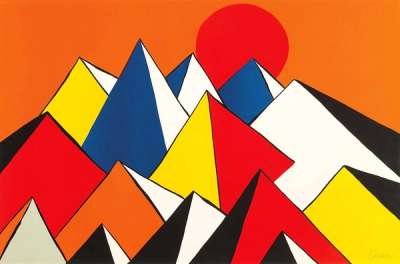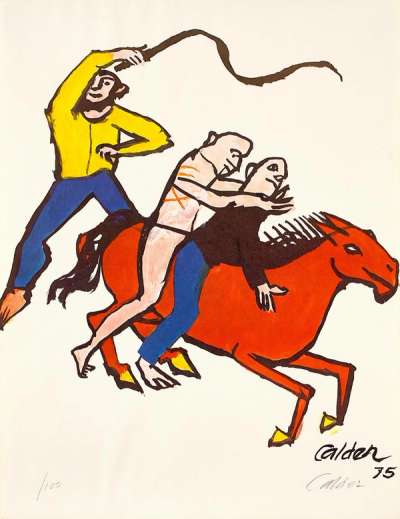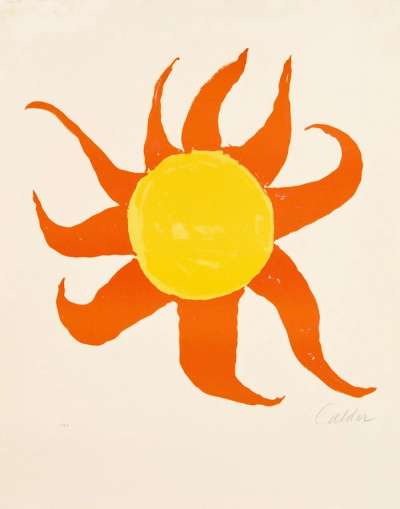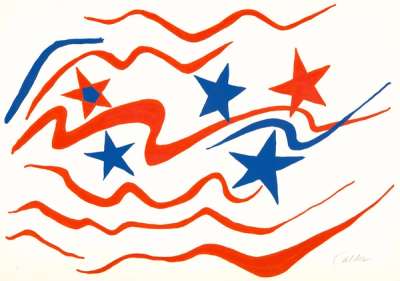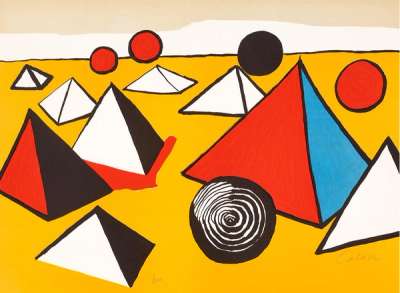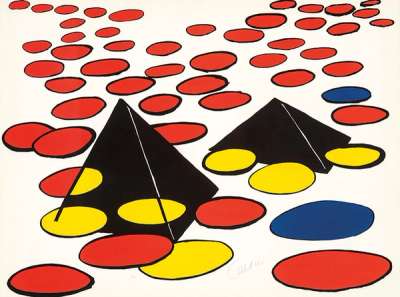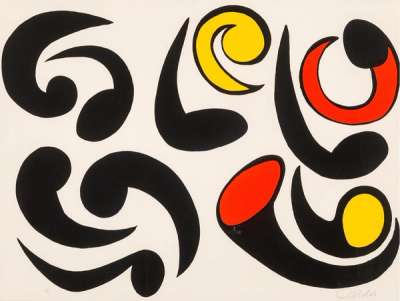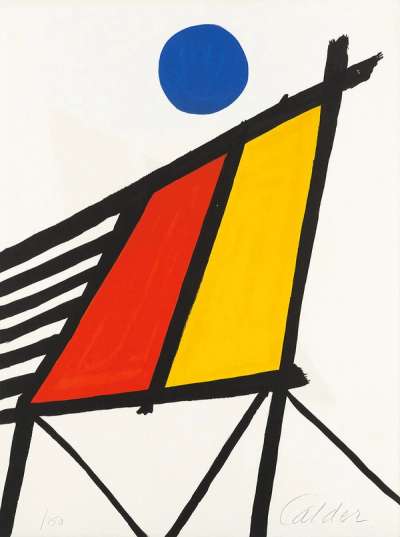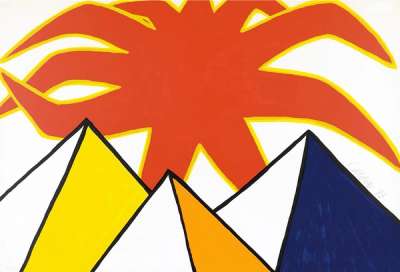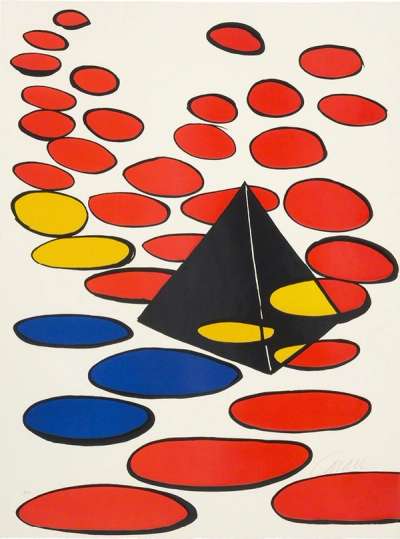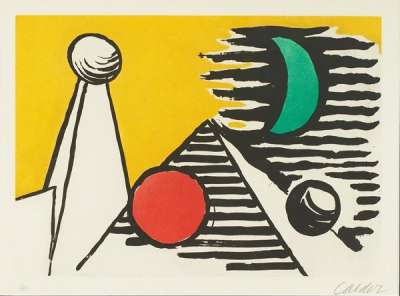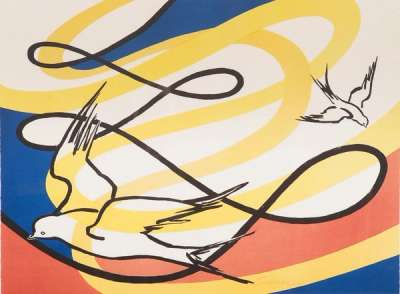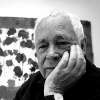Alexander
Calder
Alexander Calder, renowned for his combinations of movement with fine art, has earned acclaim as a master of kinetic sculpture. If you’re looking for Alexander Calder original prints and editions for sale or would like to sell, request a complimentary valuation and browse our network’s most in-demand works.
Alexander Calder art for sale
Discover Alexander Calder prints for sale, exclusively available through our private network of collectors. Explore signed and unsigned screenprints, lithographs, digital prints, and rare editioned proof prints by era-defining blue chip artists.
Sell Your Art
with Us
with Us
Join Our Network of Collectors. Buy, Sell and Track Demand
Biography
Born in 1898 in Pennsylvania, Alexander Calder was an influential sculptor known for his revolutionary mobiles and stabiles. Initially studying mechanical engineering, Calder's journey began with a foundation in engineering principles, which later influenced his sculptural work. His transformative experience in Paris in the 1920s, where he interacted with the avant-garde art community, marked the beginning of his lifelong devotion to kinetic sculpture.
A prolific artist, Calder's works like his famous mobiles became celebrated for their playful dynamism and innovative use of form and movement. His career was marked by significant milestones, including his invention of the mobile in the early 1930s, which redefined the possibilities of sculpture.
Calder's initial foray into the art world was shaped by his assignment to draw the Ringling Bros. and Barnum & Bailey Circus. Intrigued by the circus's mechanical aspects, his engineering background revealed itself in his detailed sketches of the circus's detailed network of wires, equipment, and the dynamic play between light and shadow. These early observations laid the foundation for Calder's exploration of themes such as counterbalance and the concept of drawing in space. As his career progressed, these themes became central to his work, challenging and expanding the traditional ways of engaging with and understanding art.




